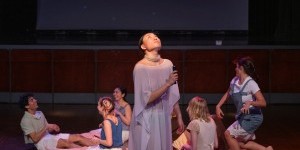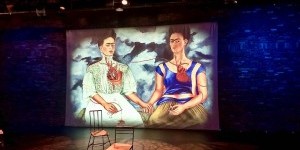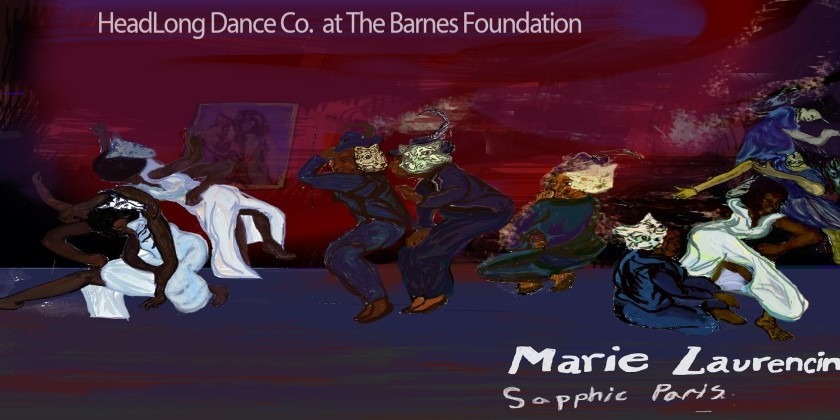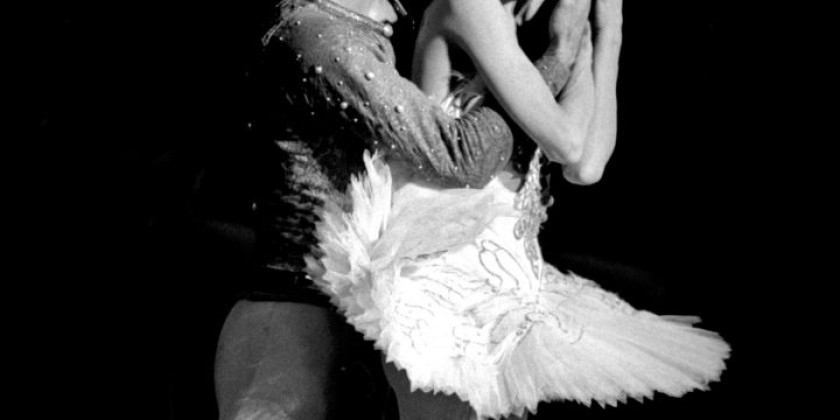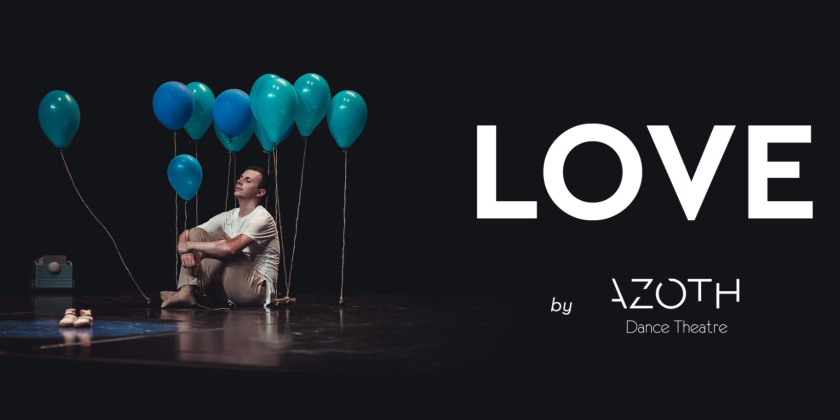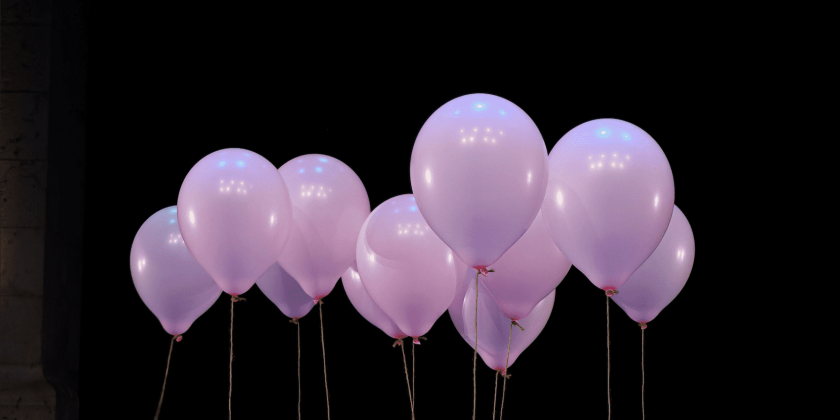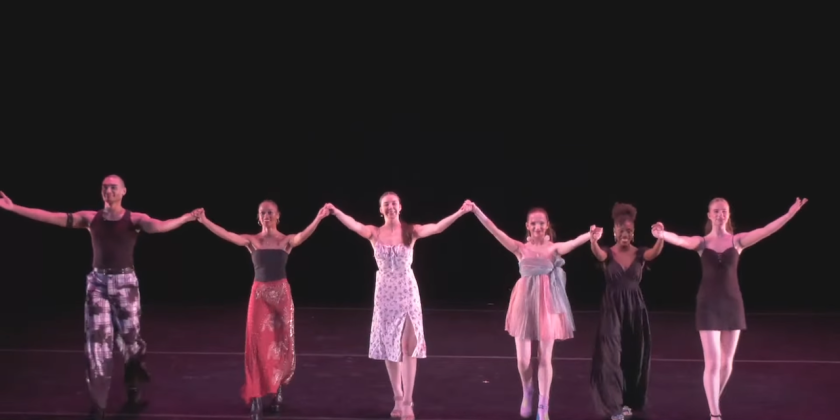AUDIENCE REVIEW: Paul Taylor Dance Company presents "Next Move Dance"

Company:
Paul Taylor Dance Company
Performance Date:
November 2-5, 2017
Performance Dates:
November 2-5, 2017
Freeform Review:
Arden Court by Paul Taylor was a landscape of tall muscular men. Triumphant in stature, the group of dancers seemed to mirror trees and thick vines. With a single rose in the background, there is a thorn bush theme. William Boyce’s symphonies are melodic and blossoming movements, and intertwined branches of limbs (female and male) combine to create this kind of enchanted garden. The female dancers almost seemed masculine wearing synchronized swimmers’ outfits that blended them into the background. The male dancers are apparently nude and the color of their skin is radiant. The human bodies became a fortress of greenery. Layers of nature and distance through dance meshed. Arden Court was flowing with life, and in sync, the men bended downwards and adjacent was a lifting weightlessness to the women. The circular line of dancers again formed in the middle after a jagged mess of arms and legs. Those angles that intersected each torso were slowly moving and quickly the group of dancers dispersed, thus flowering these new movements. Insects moving, flowers opening, and stems nourishing from lifelessness is represented by stillness that was hardened. The soaked leaf becomes active as it dries and it raises up again. There is also a mischievous nature, played by Alex Clayton, whom weaves his own web across the stage. The falling motion of seated dancers and the movement around them takes turns among the men and women. In my opinion this chase of men and women represents an androgynous creation in woods, forests, or gardens.
Paul Taylor’s Company B is a dance that innocently plays with sexuality. The dance floor has a white light and skirts waved as the men and women do “the twist”. Now the chase has a certain longing for closure as the dancers barely touch. They twist in and out of rhythm, and they follow the leader. It is a jitterbug reenactment. The American dance shows how emotion thrives in the culture. The dance ends with a shrieking noise from one of the dancers like an explosion of joy.
The American dancer, Paul Taylor, writes about how it was challenging to become a dancer in his autobiography, Private Domain. There was a war and a lack of exposure, but he experienced what he calls a “flash,” which told him he was going to be the best dancer. During his practice, there was an age difference to the others and they were mostly women, but most of all he was relentless in this unknown journey to become a dancer. Taylor went from painter, to swimmer, and finaly to dancer.
The energy that is shown in the white light of Company B turns to an electric blue. The marching and crouching silhouettes showed a warring time, and at the same time a human emotion was being expressed center stage.
Company B is a riot and the maneuver of a group of dancers were teasing the personal space between the men and women. A signaling out of a single dancer from the group shows an intense emotion emerge. By changing lighting the place becomes night, and the blue light generates a duet that is wilder than attention grabbing. The dancers become separate and uncontrollable. They end by looking up and pointing out into the atmosphere. The light behind them is a mustard yellow. This flash that Paul Taylor is demonstrating in the battle scene and the flash he mentions in the search for his own career seem too daring. Paul Taylor's rendition of Company B is blaring war and sex. Too sexy or too dangerous- these two ways about people fosters a relationship between us and an incessant energy.
The last dance, Esplanade, premiered in 1975, an aftermath to sentiments of war in America. There was beauty in a vast expanse of dark space. The expression from Parisa Khobdeh in the beginning was an orange light that flourished throughout the entire dance. The black stage had areas where men acted as lights. Together the group dances as a burst of energy from the friction between masculine and feminine towers.
There are two lines that continuously rotate into pools of color. The whimsical Michelle Fleet parades around without the structure of a designated line of movement. She is blunt and dressed in pink is set apart from the bright colors. The women dressed in orange, yellow, and tan were jumping from two lines on stage facing the audience. The men appeared to reign in the various emotions charged from the moving fabric of the women’s dresses. The men’s bodies became barriers on the stage while the women waved different shades of emotion. The men’s chests were covered with a brown fabric, and the earthy colors emersed the audience in a warm landscape. There was friction between sets. Several dancers moved in and out of motionless still figures. The orange on stage was mesmerizing like in a sunset or in a sunrise. The dancers appear and disappear behind one another. The women all combined into one, they leaped into the men’s arms and they became one, and another dancer, Madelyn Ho, stepped up onto a lying figure as if he were an ascending staircase or mountain. The sun coming over the mountains is in my mind now, but in that moment, I couldn’t take my eyes off of the orange dress.






